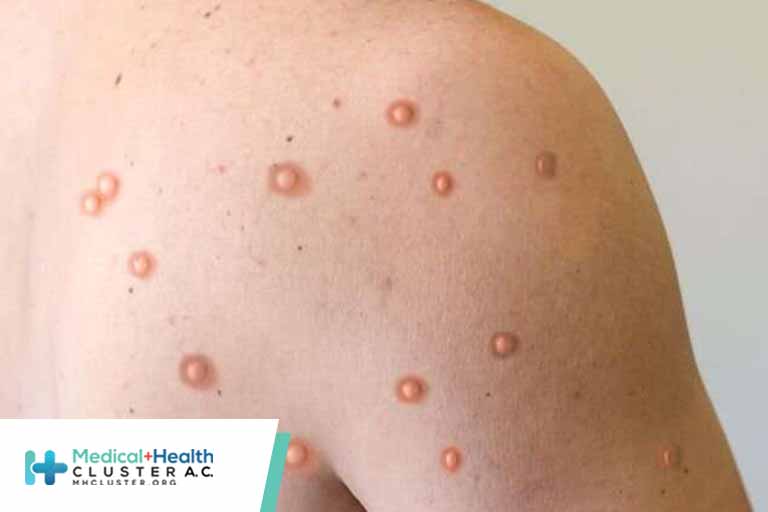En atención a la creciente preocupación sobre la confianza en...
Leer más
CDC Identifies Two Monkeypox Strains in US; Provides Updates on Investigation

At least two strains of monkeypox are currently circulating in the United States, officials from the Centers for Disease Control and Prevention (CDC) said Friday. Most cases in the United States involve the same strain that has been spreading in the United Kingdom and Europe, but investigators have also detected a variant.
This could mean that monkeypox has been spreading in the United States prior to the CDC’s investigation beginning in May, Captain Jennifer McQuiston, DVM, deputy director of the CDC’s Division of High Consequence Pathogens and Pathology, said on the June 3 press call.
“I think it is entirely possible that there could have been monkeypox cases in the United States that went under the radar previously, but not to any great degree,” she said.
Both variants appear to have evolved from strains present in Nigeria since at least 2017, when the country had its first outbreak in over 40 years.
Monkeypox is an infection that presents initially with fever, headache, and muscle ache, and patients then develop a rash on the face and body, and in sensitive areas like genitalia.
“It can be really painful, and some patients have reported needing prescription pain medicine to manage that pain,” McQuiston said. “The sores can also cause long-term scarring on the skin.”
The symptoms typically last 2 to 4 weeks, and spread through close contact.
As of June 3, 21 cases of monkeypox have been identified the United States, in 11 states: California (4), Colorado (2), Florida (3), Georgia (1), Illinois (1), Massachusetts (1), New York (4), Pennsylvania (1), Utah (2), Virginia (1), and Washington (1). More than 700 cases have been reported globally, McQuiston said, but she noted that the risk to the public remains low.
In a Morbidity and Mortality Weekly Report published on Friday, June 3, the CDC provided additional details on US cases, the agency’s investigation, and prevention efforts. Of the 17 cases on which the agency has additional information, 14 patients reported recent international travel to 11 different countries within 3 weeks of beginning to experience symptoms. Nearly all patients (16 of 17) self-identified as men who have sex with men (MSM), and were diagnosed with orthopoxvirus/monkeypox infection 11 days after a rash appeared, the report said. While most cases have occurred in MSM, officials said that anyone can contract monkeypox, and they are monitoring for infections throughout the entire population.
As well as tracking and isolating cases, the CDC is providing vaccines for those exposed to the virus and treatment for patients who have monkeypox, officials said. There are two orthopoxvirus vaccines available, ACAM2000 (Emergent) and JYNNEOS (Bavarian Nordic), as well as the medication tecovirimat (TPOXX, Siga). (Tecovirimat is approved for treating smallpox, but can be used to treat monkeypox under a CDC expanded access drug protocol.) So far, the agency has delivered 1200 vaccines and 100 treatment courses to eight jurisdictions in the United States.
The agency urged clinicians to look out for a characteristic rash of monkeypox, and test for the virus if they have a concern. The rashes can be “deep-seated, well-rounded lesions” than can progress to papules or fluid-filled pustules, McQuiston noted. “The important thing that we want to emphasize is that if a clinician has a concern about a rash that they’re seeing, they can test for monkey pox…even if they think what they are looking at might be explained by something else, like a more common sexually transmitted infection,” she said.
Créditos: Comité científico Covid




